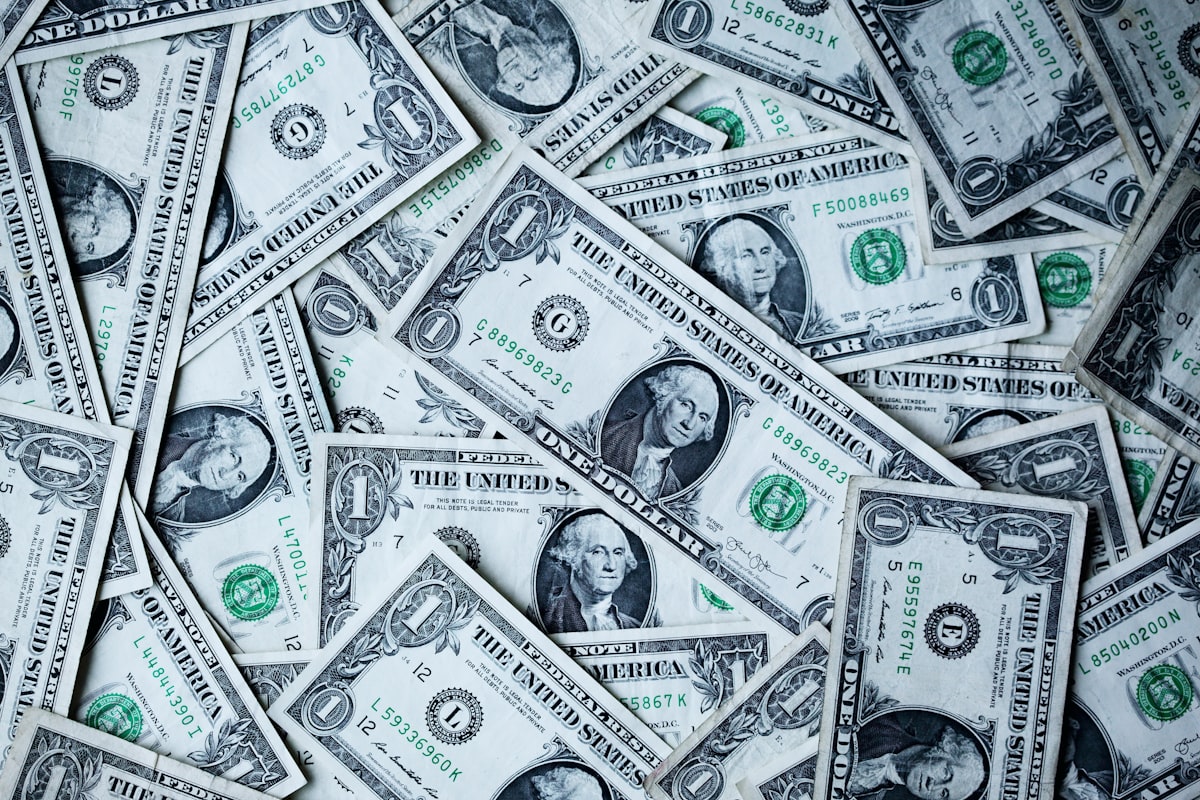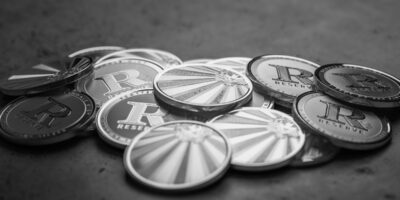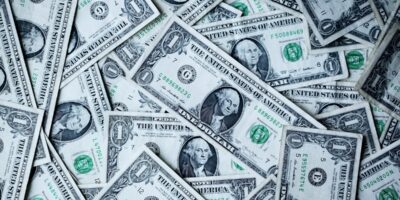The Seated Liberty Dollar: A Dive Into Numismatic History
The Seated Liberty Dollar, a distinguished piece of American history, was minted from 1840 to 1873. It marked a significant era in U.S. coinage, bridging gaps between past and future designs. With its classic depiction of Lady Liberty, it holds both artistic and historical significance.
Origins and Design

The Seated Liberty Dollar was part of a wider movement to revamp American coinage in the 19th century. Influenced by the neoclassical revival, the design sought to embody freedom and prosperity. Christian Gobrecht, a notable engraver, crafted the original design. His vision combined elegance with a clear representation of the nation’s values.
Lady Liberty is depicted seated, holding a shield adorned with Liberty in her right hand. Her left hand holds a pole topped by a Phrygian cap, a symbol of freedom. The obverse remains consistent through various denominations, including the dime, quarter, and half dollar. The reverse features an eagle, the national symbol, clutching arrows and an olive branch, signifying a balance between military readiness and peace.
The Minting Process
The Seated Liberty Dollar was primarily minted in Philadelphia, though New Orleans, San Francisco, and Carson City produced smaller quantities. These mint marks, or lack thereof, play a critical role in identifying the origin of each coin.
- Philadelphia: No mint mark
- New Orleans: O
- San Francisco: S
- Carson City: CC
Produced in 90% silver, each dollar weighed approximately 26.73 grams. This composition and weight adhere to the Coinage Act of 1837, which standardized silver content across denominations.
Variations and Rarities
The Seated Liberty Dollar underwent several changes throughout its mintage. The most notable alteration occurred in 1866. This year saw the introduction of the In God We Trust motto on the reverse. Coins minted before this change are often categorized as No Motto dollars and can carry a premium among collectors.
Among known varieties, the 1870-S Seated Liberty Dollar stands out. Only a single piece is confirmed to exist. Its discovery came during the 1970s and sparked interest in potentially undiscovered coins. It remains a topic of intrigue for numismatists worldwide.
Meanwhile, the 1851 and 1852 Seated Liberty Dollars are considered particularly rare. These years witnessed increased gold production, reducing the need for silver coinage. Consequently, mintages dwindled, leading these coins to be scarce in the market.
Historical Context
The era of the Seated Liberty Dollar coincides with significant events in American history. These include westward expansion, the Civil War, and Reconstruction. Understanding these contexts provides insight into the coin’s features and production changes.
The discovery of gold in California during the 1840s influenced silver usage significantly, as the focus shifted towards minting coins to accommodate gold finds. This shift resulted in lower mintages for certain silver coins, including the Seated Liberty Dollar. During the Civil War, metal shortages and inflation led to reduced coin production, impacting dollar mintages extensively.
The Coinage Act of 1873
The end of the Seated Liberty Dollar’s minting coincided with the Coinage Act of 1873. This event, known as the Crime of 73 among critics, eliminated the standard silver dollar, transitioning the U.S. towards a gold standard. The act had profound effects on U.S. currency, impacting miners and the economy deeply.
Collecting Seated Liberty Dollars
Collectors highly prize Seated Liberty Dollars for their historical significance and beautiful design. Condition, known as grade, greatly affects their value. Coins are often graded on a scale ranging from Poor (P-1) to Mint State (MS-70). Key indicators of a well-preserved coin include detailed engravings, visible luster, and lack of significant wear.
The rarity of certain dates, such as the 1870-S, elevates their intrigue and value. Condition variations mean prices can differ greatly between coins of the same year. A market for counterfeit dollars exists, making authenticated purchases vital for serious collectors.
The Legacy of the Seated Liberty Dollar
Despite its termination in 1873, the Seated Liberty Dollar’s legacy persists. This coin is a reminder of the era’s economic transitions, artistic movements, and societal values. Studying these pieces offers an engaging glimpse into America’s monetary history.
Recommended Collecting Supplies
Coin Collection Book Holder Album – $9.99
312 pockets for coins of all sizes.
20x Magnifier Jewelry Loupe – $13.99
Essential tool for examining coins and stamps.
As an Amazon Associate, we earn from qualifying purchases.



Subscribe for Updates
Get the latest articles delivered to your inbox.
We respect your privacy. Unsubscribe anytime.